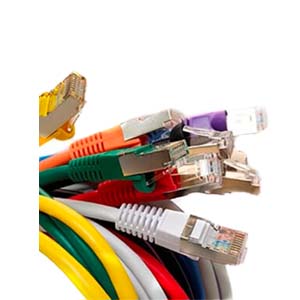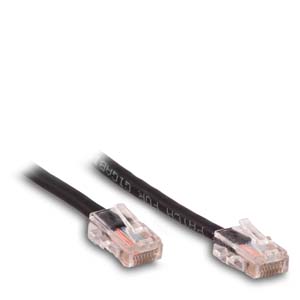Cables Blog
Why some HDMI cables are better than others
When you are shopping around for HDMI cables, you will find that there are some differences when it comes to pricing. If you are looking for cables to use in your home theater set up, will you need to pay more to get a better cable? As you shop around, it will be best that you have some insight as to what you should be looking for and what constitutes a high-quality HDMI cable over one that you should stay away from.
by Vikas Dayal • June 26, 2017
When you are shopping around for HDMI cables, you will find that there are some differences when it comes to pricing. If you are looking for cables to use in your home theater set up, will you need to pay more to get a better cable? As you shop around, it will be best that you have some insight as to what you should be looking for and what constitutes a high-quality HDMI cable over one that you should stay away from.
An HDMI cable is used to transmit audio data and digital video using TMDS technology. While using TMDS, there are two versions of the same data stream that get sent over through two separate wires. When using this method for transmission, any signal interferences can be efficiently eliminated.
There are five different factors that you can keep in mind while you are shopping for the best HDMI cables, including:
Price – You may find some cables that are only a few dollars, where some of the premium cables will have a price tag of around $50 or more. While there are some instances where you can get away with a cheaper cable, you will see that a medium-priced and quality made HDMI cable will be a much better choice.
Versions And Features – As of 2010, the HDMI Licensing Organization made it so that every HDMI cable is to be sold with either a label as HDMI Standard or HDMI High Speed. With a cable that is labeled as high speed, it should be able to transmit at the rate of 10.2 GPBS, which should be enough to give you HD audio, 3D, and deep color.
Manufacturing Quality – There are some differences when it comes to the build quality and manufacturing of HDMI cables, especially when speaking of the connection between the cable harness and the connector as this can be a weak spot for cheaper cables. Cheap cables will often bend and break in this area. Shielding is another important factor in the build because any cable with poor shielding can be vulnerable to signal interferences.
Cable Length – You will find that the high sped HDMI cables that come in the standard length will be very affordable. The longer they are, the more expensive they will be. It is always going to be a good idea to check out the length of the cable that is required for your project so that you do not end up spending more money than necessary.
Connector Types – Roughly 90% of the HDMI connectors that you find in the hifi sector will work with the Type A HDMI connector. There are some rare cases where the connector Type D will be needed, which is also referred to as the micro HDMI. Then there is the Type C, which is often referred to as the Mini HDMI. If all else fails and you have the wrong cord you will either have to exchange it, or they do sell different adapters that will help you to fill in the gap between the connectors. However, it will save you time and money if you can pinpoint the right size and connection type for your purpose before you buy.
In conclusion, a well-made and medium priced high speed HDMI cable will often be the best option for most applications today. The HDMI cables till differ when it comes to features, length, connector type, and quality, so you need to take all of these elements into consideration as you shop for the right cable to meet your needs. Regardless of the project in your home office, taking some time to browse your options will help you make the best choice.










